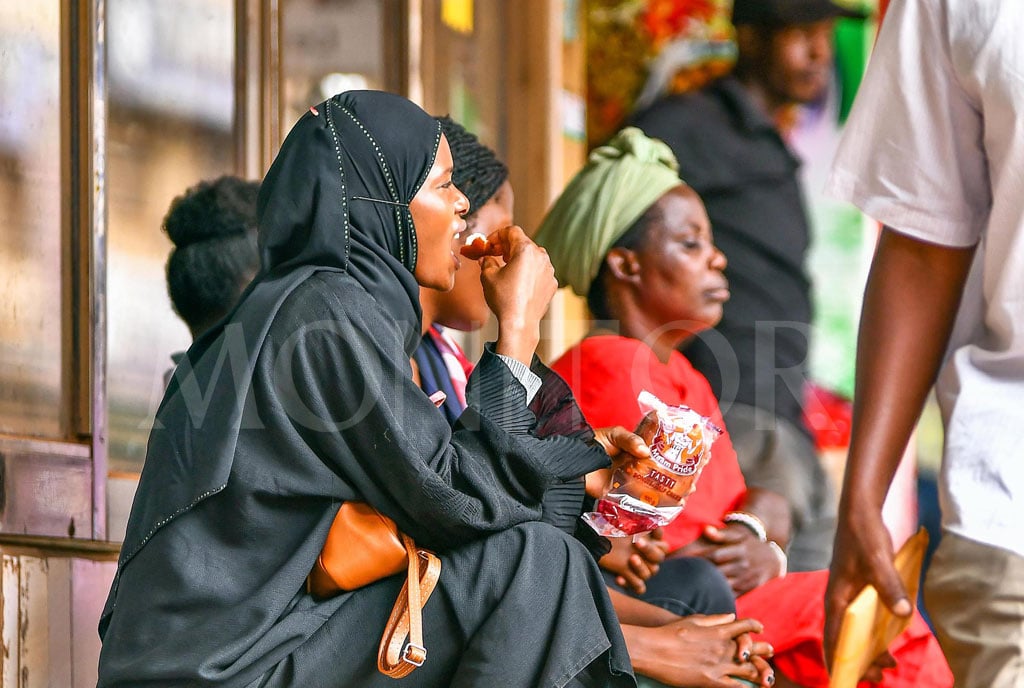Prime
You could have eaten the last grasshopper

Author: Alex Taremwa. PHOTO/COURTESY
What you need to know:
- The grasshopper population can only increase with the restoration of the forest cover.
Unlike yesteryears, Uganda has witnessed an irregular shortfall of grasshopper supply in peak seasons. In their millions, the delicious insects, locally christened nsenene, religiously descended upon Uganda around June and November.
Families gathered in villages; sharp businesspeople took loans to pay electricity bills in advance, buy the oil barrels in which they’d be trapped and shiny iron sheets to attract them. Herders and school-going children took occasional breaks to give these green and ashy-brown insects a chase.
However, last year the nsenene were almost a no-show. Even the locals in Masaka – the ‘nsenene city’ are in losses due to the short supply. In a good season, some traders made not less than Shs17m in profits. This time around, they could not even get Shs3m.
Additionally, Masaka witnessed an increment in the prices of grasshoppers from Shs3,500 a cup to Shs5,000. In other parts of the country, especially Kampala, the price of the grasshoppers quadrupled.
This scarcity of grasshoppers has puzzled scientists and culturalists. Grasshoppers aren’t just a delicacy. In the Buganda Kingdom, they are a cultural symbol after which a whole clan is named. Before the Gregorian calendar, our ancestors used to identify November and December as ‘Museneene.’ It’s how they planned their planting, predicted rain patterns, and ‘blasted’ during the festive season.
So why is Uganda experiencing a reduction in grasshopper supply? Researchers from Texas A&M University and Museo De La Plata in Argentina agreed after studying the DNA of 142 species in 22 countries that grasshoppers originated from South America.
Over the last 59 million years, grasshoppers migrated to Africa in the quest for grasslands that form the chunk of their diet. In return, Africans have made them a delicacy. However, due to increased desertification in North Africa, grasshoppers would migrate southwards often during the rainy seasons following the winds from the Indian Ocean. Masaka became the ‘Nsenene capital’ because of the breeze from Lake Victoria.
The cover provided by the Lwera swamp gives the revered insects an excellent habitat. The same can be said about areas surrounding Lake Albert, whose breeze pushes the insects towards Hoima.
For instance, in Masaka more than 15,000 hectares of wild habitat were converted into farmland or for settlement between 1990 and 2015.
Given the rate at which Uganda’s forest and wetland cover is disappearing, it is not a stretch to say that you could be eating the very last grasshopper.
Data from the National Forestry Authority indicates that at least 10 per cent (1.9 million hectares) of our land is covered by gazetted forests. However, from 2002 to 2020, Uganda lost 67.9kha of humid primary forest, making up 7.6 percent of its total tree cover loss in the same period, according to the Global Forest Watch.
This means that the total area of humid primary forest in Uganda decreased by 13 percent in this period. The forest cover that sandwiched the road towards Bukakata Port is now a pineapple farm, Mabira forest is now half sugarcane, half trees and the Bugoma forest scandal has been widely publicised.
At a global level, the prolonged heatwave occasioned by the increase in ocean temperatures and rare cyclones has changed climate patterns in Eastern Africa. As a result, instead of seeing more grasshoppers, it was their ruthless cousins – the desert locusts that showed up. Experts have warned of more desert locust invasions if there is no urgent action to reduce the earth’s temperature as per the COP 26 agreement.
Want to save grasshoppers? Here’s what you can do. First, let us plant some more trees. The grasshopper population can only increase with the restoration of the forest cover. The Last Drop Africa will be championing tree-planting campaigns in all regions of Uganda by giving away two million trees per region.
Secondly, desist from using cooking methods that put more pressure on trees and cause deforestation.
Finally, embrace artificial grasshopper breeding. Scientists led by Prof Phillip Nyeko of Makerere University have proven that this can be done to save the biodiversity of mother nature.
Mr Alex Taremwa is a communications specialist. [email protected]




